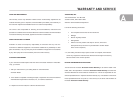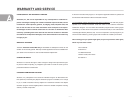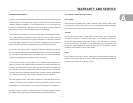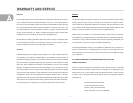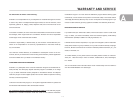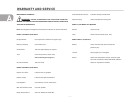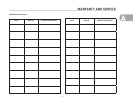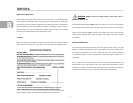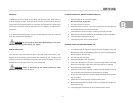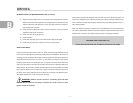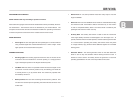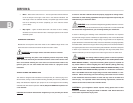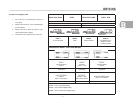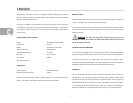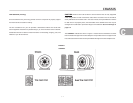
B
DRIVING
B - 1
WIDE BODY LIMITATIONS
Vehicles with overall body width greater than 96” are known as “wide bodies. Wide
body vehicles are restricted to use on main highways in certain states. A vast majority
of states allow 102” body width on all highways, but wide body width is not allowed on
all federal highways in the United States. Your dealer may be able to furnish more spe-
cific information. If you are concerned about vehicle width, we invite you to consider
other fine Thor vehicles offered in the standard 96” width.
LOADING
Below is a sample of the weight information chart provided in all Airstream vehicles.
This information can be found in your vehicle in one of the lounge overhead lockers.
See specification section in this manual for weights and term definitions.
WARNING: NEVER exceed the weight ratings of the trailer hitch in-
stalled on a motorhome.
The Unloaded Vehicle Weight (UVW), listed on the chart in your coach, is the weight of
this motorhome as manufactured at the factory with full fuel, engine oil, and coolants.
Cargo Carrying Capacity (CCC) is equal to the GVWR minus each of the following:
UVW, full fresh (potable) water weight (including water heater), full propane weight,
and SCWR.
WEIGHT DISTRIBUTION
The motorhomes have large fluid tanks and lots of storage areas. It gives you great
flexibility in loading. With flexibility comes responsibility. If you want to load down all
the storage compartments the amount of fluids will have to be reduced. Distribute
your additional cargo as evenly as possible with the heaviest objects located as low
as possible.
Do you really want to carry 750 pounds of water to a RV park 1,000 miles away and
then hook up to a city water supply? Even if you’re going to the “boondocks” you can
usually fill your water tank shortly before entering the area. Just reducing your load by
10 gallons of water lets you carry an awful lot of fishing and camping gear.




